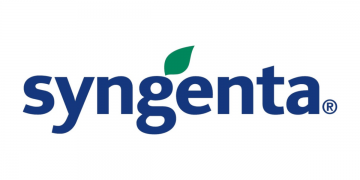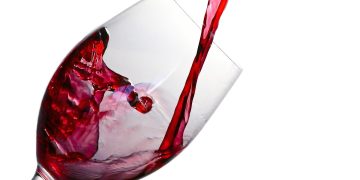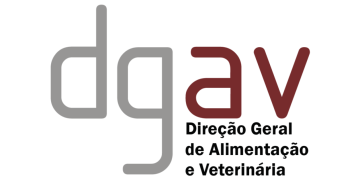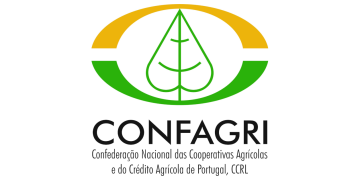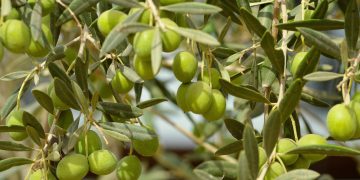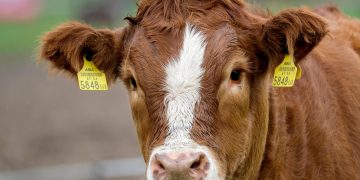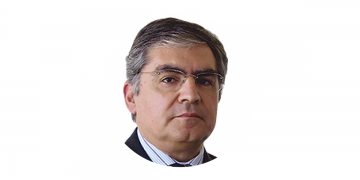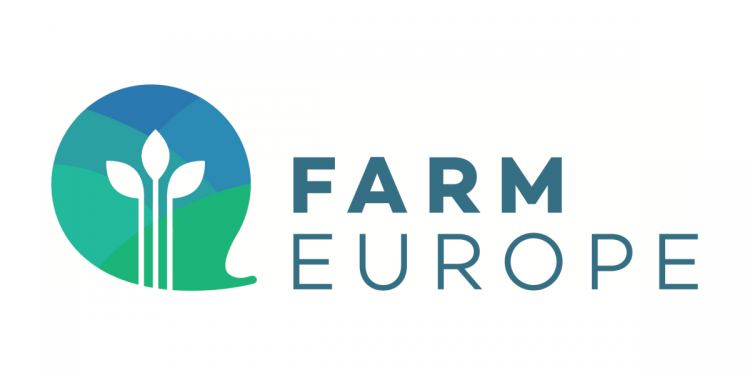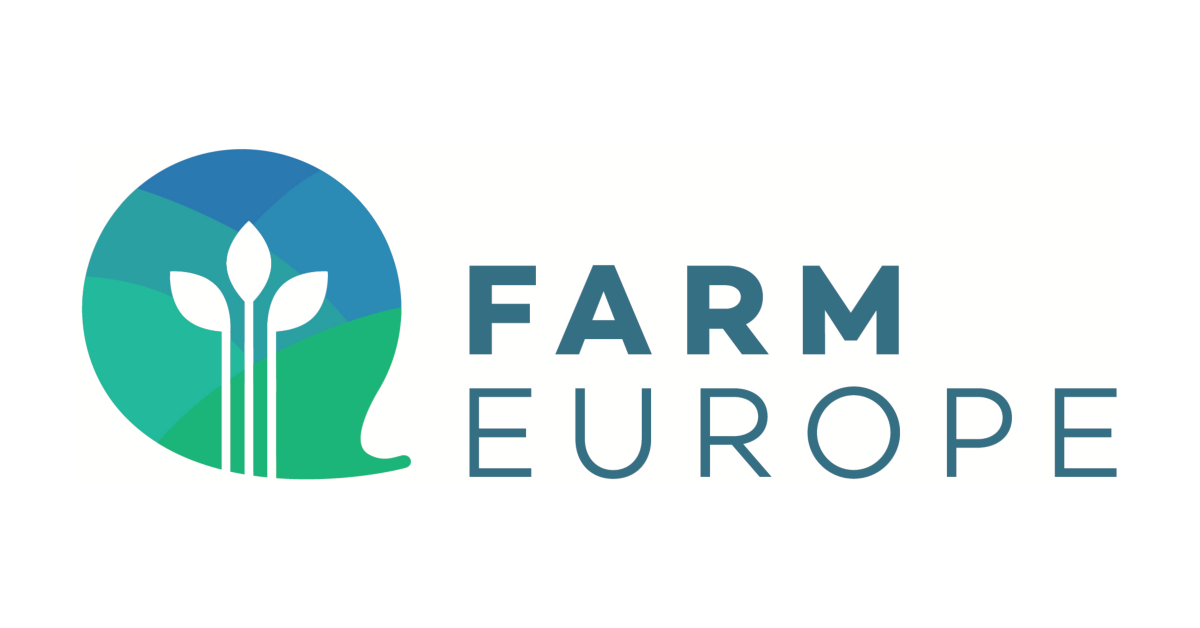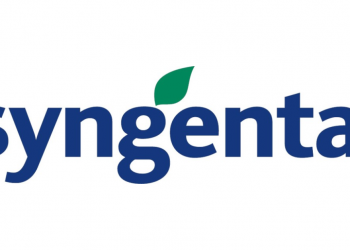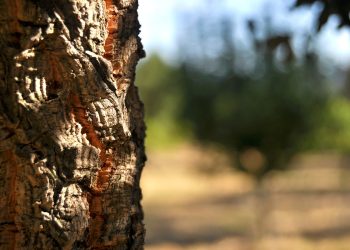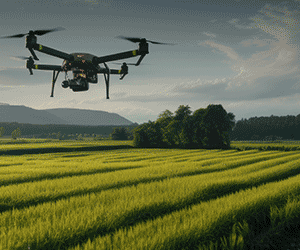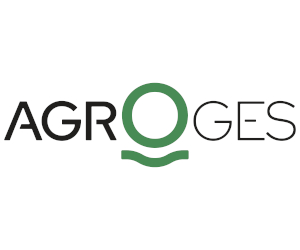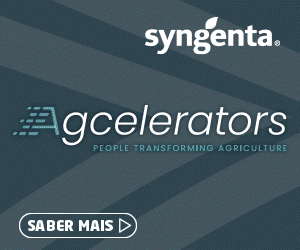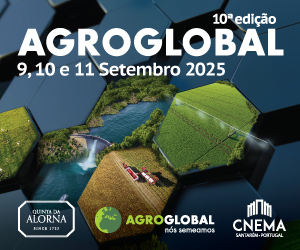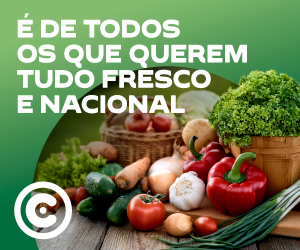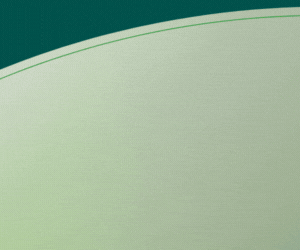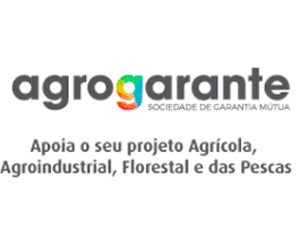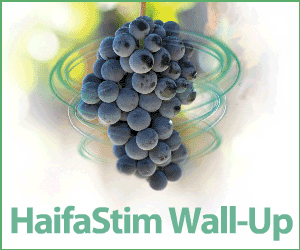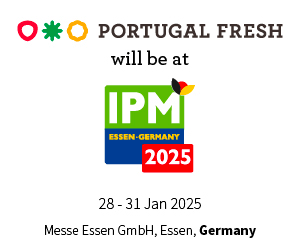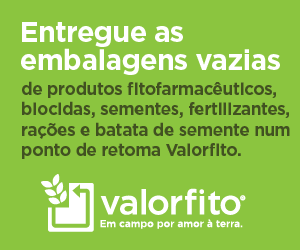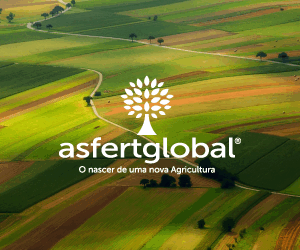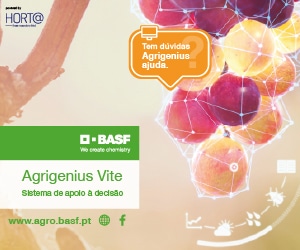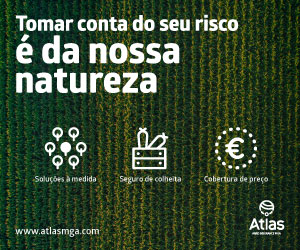Farmers are demonstrating their dismay all over Europe, exhausted by standards and financially drained, while the value of CAP compensation payments has fallen by almost 40% in 20 years, with inflation doing the work of undermining them.
Ahead of the farmers’ protests in Brussels, the European Commission tried to clear the way with a few short-term announcements, which were certainly welcome and had been expected for months, but far from getting to the heart of the matter.
The 4% set-aside requirement has been replaced, for one year, by a requirement to grow nitrogen-fixing plants without the use of plant protection products. The opening of borders to Ukrainian products has been slightly delayed by a restrictive clause, should imports exceed the already very high 2022-23 levels for poultry, eggs and sugar. Remember the disruption to European markets and the consequences of these import levels for these sectors, as well as for arable crops!
However, these measures and the promises of future administrative simplification do not answer the fundamental question: does agriculture still have a strategic meaning for the European Union? Does the European Union still want its farmers? What it expects from them ?
In 1992, Europe decided to cut its agricultural prices by 50%. This decision was taken both to boost consumer purchasing power and to enable EU agriculture to become a major exporter. In response to this clear political choice, payments were created to compensate some of the losses of farmers’ income, on the assumption that the market and consumers would pay the rest.
Since then, farmers have been asked to continue producing and offering quality products at affordable prices, but also to be the pillars of rural life. More recently, they are the backbone of the European Union’s climate transition. All this has been achieved without recognition — or even by pointing the finger at a farmers focusing on the problems rather more than on solutions. Without additional support, and even with a dramatic budget reduction that is taking away from farmers’ all their productivity efforts every year.
The return of inflation, the benefits of a move upmarket that have not materialised, environmental standards imposed in certain countries without any real impact analysis or implementation strategy – foreshadowing some of the proposals put forward by the European Commission under the Farm to Fork initiative – have taken their toll on the resilience of European agriculture to the political choices of recent years.
The EU must not try to escape with a few temporary measures and a few nice words of compassion. It must state what it expects of its agriculture.
Are the political decision-makers ready to accept that the future of the European Union and its ecological transition depends on growth in agricultural production, if we are to achieve food sovereignty and sovereignty in the bio-economy?
Through photosynthesis, agriculture is the primary source of solar energy that can feed us and support the decarbonisation of entire sectors of our economy: food, energy, biochemicals and biomaterials. And all without rare metals!
Rather than cowering, we need to look to the future of agriculture, a sector of the future that is key to the challenge of transition, not only through its ability to reduce its own emissions, but also to reduce emissions from other sectors. This will undoubtedly not be achieved with constant technologies. Innovations in crop rotation, bio-control, low-carbon fertilisers, digital technology and improved seeds are just some of the additional tools available to farmers.
Rather than focusing on the constraints, we now need to focus on the solutions, with one major challenge: to ensure that these solutions are available to as many farmers as possible, and not just a handful. To achieve this, we need to get back on the investment track, and put an end to a fundamental trend that has made the Common Agricultural Policy, the cornerstone of European integration, a little less political, a little less agricultural and a little less common in recent years.

O artigo foi publicado originalmente em Farm Europe.

